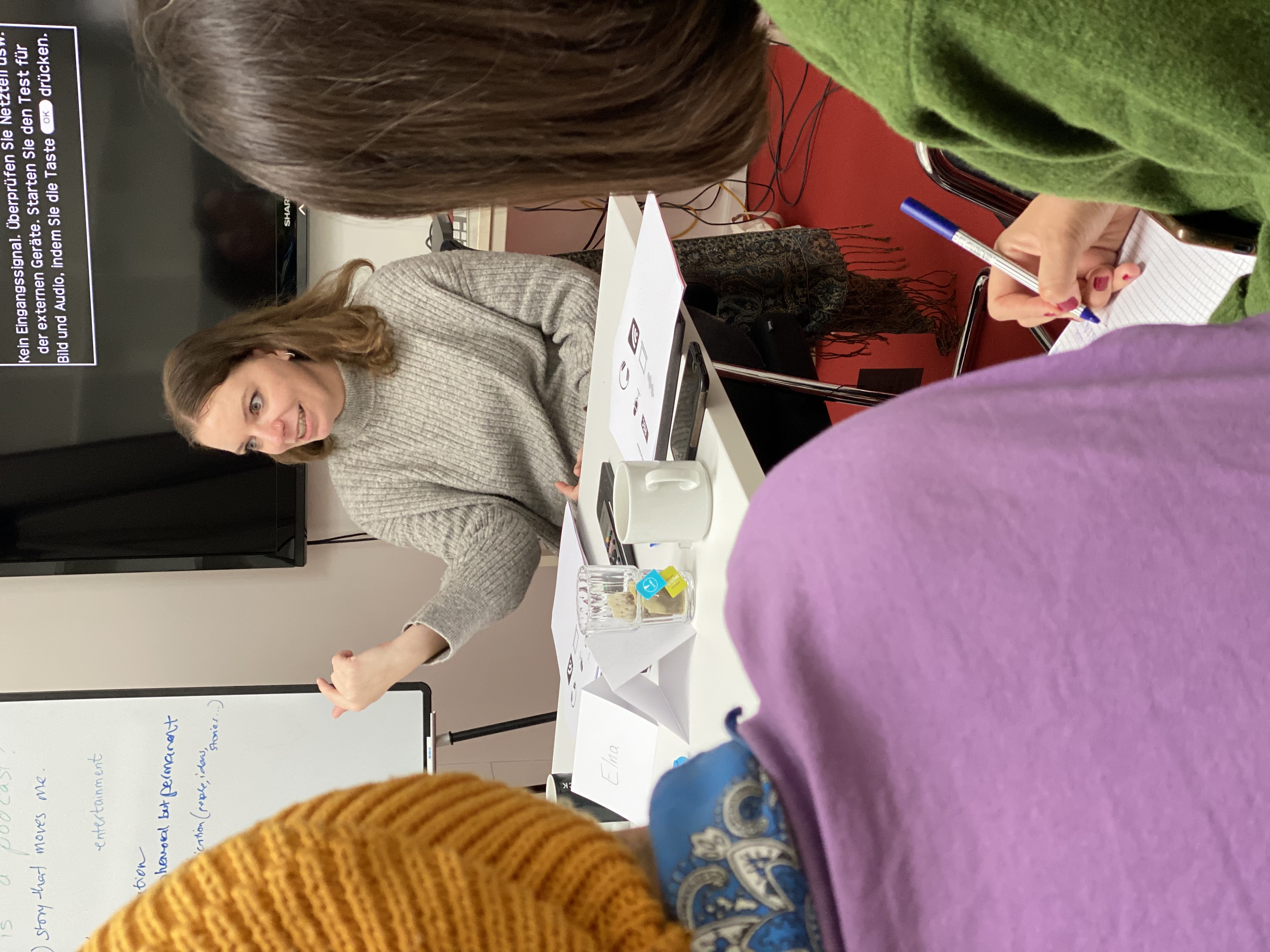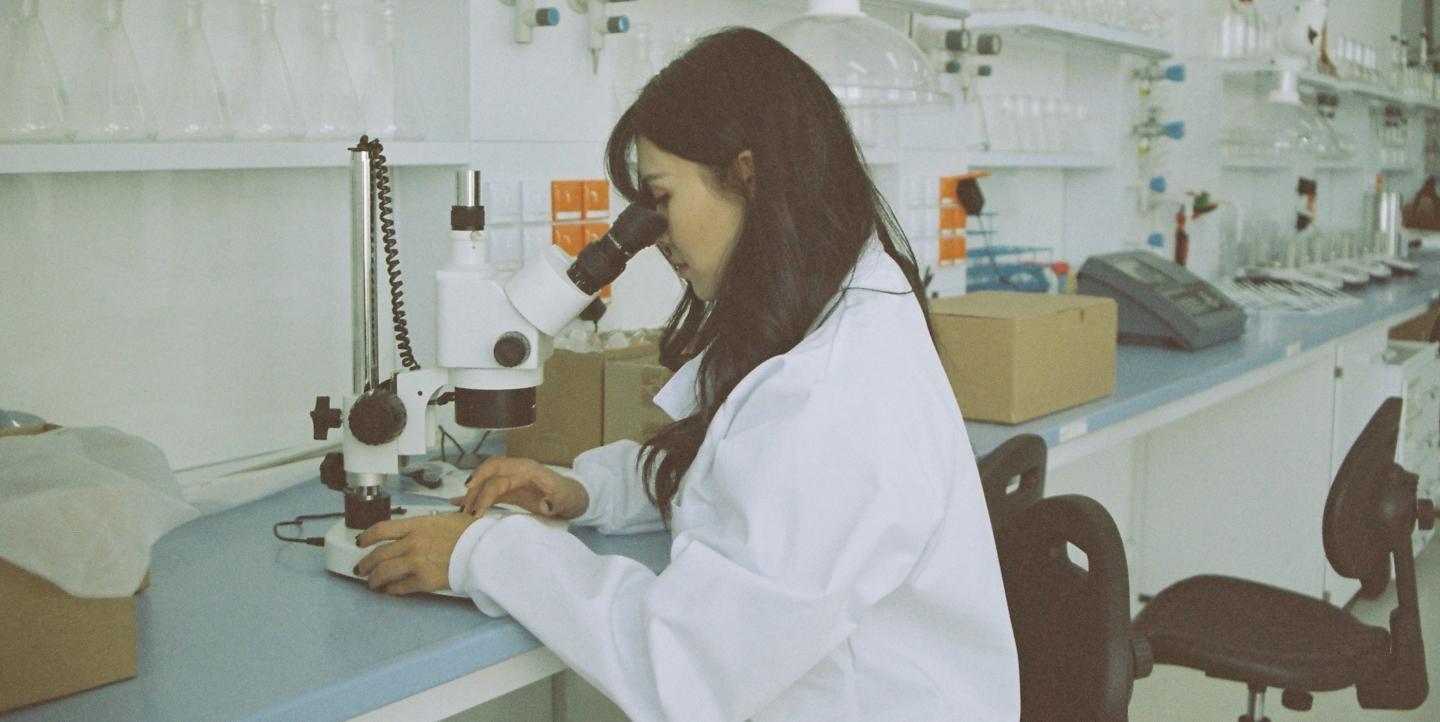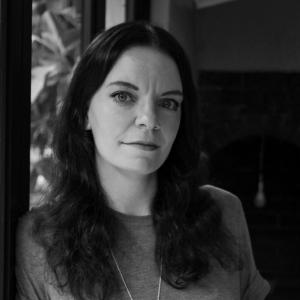The very first thing I did as the journalist in residence at the Max Planck Institute for the History of Science (MPIWG) was print out a meme to hang on my office door. It shows a penguin waddling up to a group of researchers with the description, “Hello. Yes, I would like to science please.” The curiosity and enthusiasm of this adorable, though slightly inept, outsider echoed how I felt at the beginning of my fellowship.
MPIWG has welcomed journalists every year since 2013 to spend a few months at the institute to work on a particular topic around the history of science. In my case, I looked at the history of how what is “normal” has been defined in health and medicine. The program is purposefully structured to focus on interaction and understanding, rather than just direct output in the form of published articles – a welcome change from the daily norm for most journalists.
Here’s what I learned from being the proverbial penguin among historians of science, with lessons other journalists can incorporate when working with scientists.
Don’t assume scientists know stories
Journalists are often so deeply involved in their work that they forget that their way of thinking and conceptualizing topics is not a skill and instinct everyone possesses.
During my fellowship, I spent a large amount of time explaining to scientists what exactly it is that makes an issue interesting to a wider, non-academic audience. Most Ph.D.-level researchers have spent years buried deep in the niche of their content. Journalists have to take steps into the depths of their knowledge and academic processes, to be able to translate and relay this well to the masses.
For instance, Jesse Olszynko-Gryn, a historian of reproductive health, and the head of the oral history lab at the MPIWG, shared a number of interesting case studies from his ongoing work into birth defects with me. To pitch this successfully to a major publication (though not yet published) I had to find a current, locally relevant angle that would bring the history alive for present audiences.

Photo credit: Verena Braun
Working with journalists, Olszynko-Gryn explained, is vital for historians like him to broaden the reach of their conversations outside of academia. “The result is that people learn more about what we do and why it matters. These activities then feed back into the research process, often in unexpected ways, while challenging us to communicate more effectively within and beyond our specialisms,” he said.
Sometimes, you don’t know either
“Oh my gosh, Elna, you just missed the best lecture! You won’t believe what they’re doing with fish scales…” More than once a colleague regaled me with stories like this from a captivating session I had skipped.
Just as scientists don’t always understand what research makes for a good article, journalists can’t always tell an amazing story from first impressions of a topic either. Away from the pressure of pitching what sells, I had a chance to rethink what kind of stories I really want to tell. I spent hours in the library, looking for hidden nuggets that could make or inform a story, and listening to conversations between researchers. More often than not, I found the really good stuff in a spontaneous conversation at lunch or in the footnotes of an article. It required patience and listening to how others think.
For instance, the MPIWG’s deputy head of communications, Stephanie Hood, told me that they regularly receive journalistic requests relating to biographies of historical scientific figures. She wishes, instead, that more journalists would recognize the researchers’ expertise as relevant to current issues in the news.
“What’s really fascinating about the research that we do is that a lot of it challenges the normative ideas that we have about science, technology and medicine, both in history and more contemporary, from a social and political and philosophical perspective,” she said.
Take the time to get on the same page
In the space between what is interesting to researchers and what can be picked up by journalists is a need to get on the same page.
“I've heard from journalists that they sometimes feel a bit afraid of researchers, and I've heard from plenty of my researchers that they're afraid of journalists,” Hood said. “Building up trust and those connections for our researchers and our communications team is really important.”

Taking the time to talk assumptions through with researchers, and explaining the writing process and pitching or publishing options often made them feel comfortable enough to share a story with me. One researcher decided to let me pitch an article about their work even against the cautions of some of their peers and superiors, because they had learned to trust me in the process.
Apply it back in the newsroom
Of course, it’s a rare luxury for most journalists to have time to research and pitch as lengthily as I did at MPIWG, considering editorial pressure and the news cycle biting at their heels. Still, I believe all journalists can incorporate some of these ideas into their daily reporting.
Even in the midst of a busy interview process, for example, journalists can make sure experts are informed about what to expect from the journalistic process. Journalists might even be able to allay some of their fears and make them stronger sources for it. In a similar vein, journalists can benefit from not assuming they know how things work.
There is also always more space for us to connect with ideas that are not directly related to the story we are working on, but could be more widely interesting. Journalists should ask themselves if they are speaking to people about what they care about and looking out for new ideas, or just getting the job at hand done.
I went into this experience feeling like the penguin in that meme, an out-of-place outsider. In the end, however, my fellowship reminded me that our curiosity and willingness to understand something at a slight distance is exactly our strength as journalists.
Photo by Diane Serik on Unsplash.


